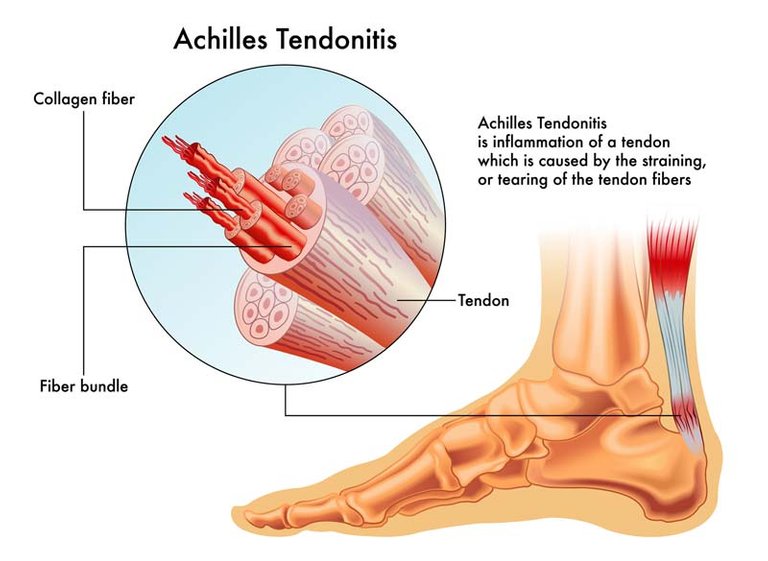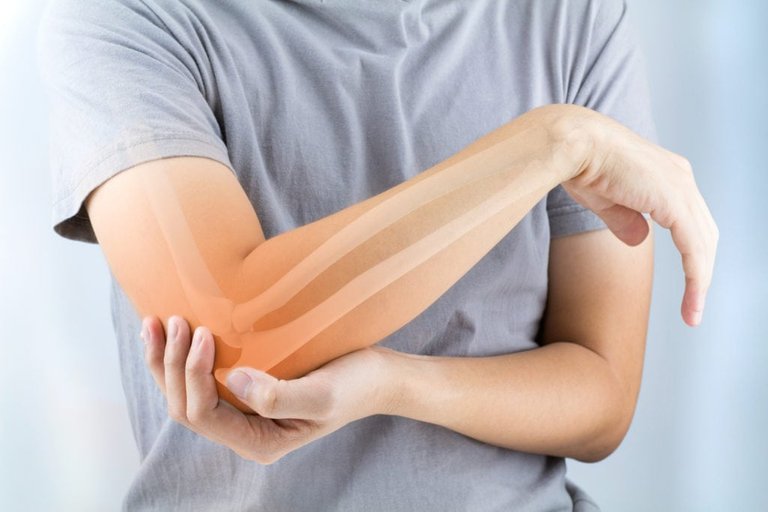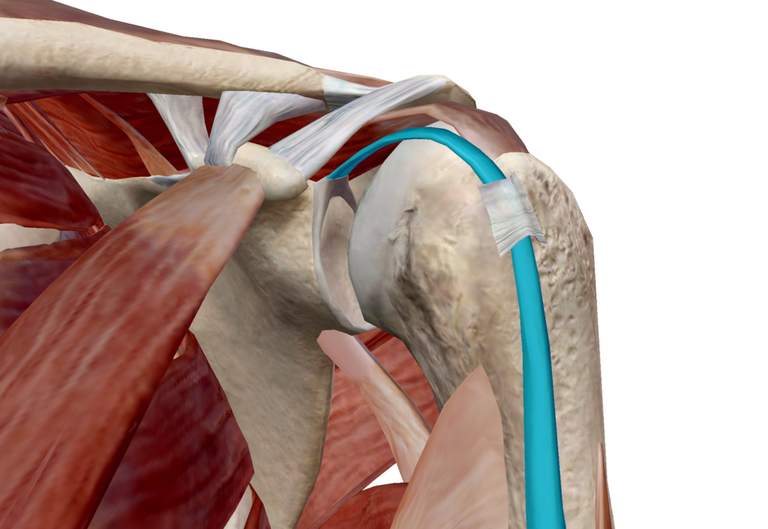Effects of Tendonitis to Athletes | Causes of Tendonitis and How Can It Affect Athletes
Effects of Tendonitis to Athletes | Causes of Tendonitis and How Can It Affect Athletes

Personal strength decides whether an athlete wins or loses a game. Characteristics such as determination, perseverance, are often considered success factors. Aside from mental strength, to be excellent in any sport requires personal strength.
Physical Performance & Physical Fitness
Physical performance is a term from sports science that describes the ability of an athlete people to perform a certain task at the highest possible level. Sport and physical fitness are beneficial and strengthen the body's defenses, provided that it is a light endurance sport in the leisure area.
Sport is a significant factor in life that offers an admirable effect on health and improves physical performance over time. Various sports have been integrated into an everyday social and activities of life, including numerous fitness sports. Very few physically active people know about the special importance of regular training units.
Good performance is of inestimable value, and not just for a professional career. Improved fitness is also immediately noticeable in everyday life. The human body feels most comfortable when it is challenged, then it can perform at its best. If the body does not experience regular movement, it breaks down. The first consequences become noticeable when the muscles weaken, the circulation is no longer resilient and the metabolism works more slowly. In general terms, reduced physical activity in the long term leads to a weakening of the immune system, making the body more susceptible to bacteria and viruses that cause infection.
Tendonitis
Pain and burning sensation in the forearm, especially when moving and grasping, indicate tendinitis. Tendon sheaths on the leg or foot are more rarely affected. There, too, the inflammation manifests itself in pain and functional restrictions. This is caused by overuse, for instance, playing sports or doing long, regular activities. The so-called mouse arm is also a form of tendonitis on the forearm.
Tendon sheath were use every day without consciously noticing it. They protect the tendons that connect the muscles with the bones. If the tendon sheaths are regularly stressed too much, it can lead to tendinitis. It occurs particularly frequently on the wrist, but the elbow, knee, or ankle can also be affected.
Tendinitis develops as a result of permanent overload or poor posture or also through sudden overuse, for example from working long hours at the computer or doing sports. High-risk sports are, for example, climbing, rowing, dumbbell training, or gymnastics. But musicians who play the violin, guitar, or piano are also more often affected. The disease also occurs as a side effect of inflammatory joint diseases such as ankylosing spondylitis or rheumatoid arthritis or infections.
This manifests itself primarily as stabbing, pulling pains that get worse over time, as well as tenderness. Usually, the affected area swells turn reddish and can no longer be moved smoothly. The pain can then also be felt at rest. In addition, the joint can creak audibly and noticeably with every movement. If the tendons of the fingers are affected, nodular swellings can hinder normal finger movement and lead to jerky movements.

Symptoms and Diagnosis
Due to its anatomical location, tendinitis affects the hand and wrist, making it painful to grip or move the wrist. In addition to the pain, there is sometimes a rubbing or grinding sound. Thickening can develop in the inflamed tissue, which inhibits mobility. For example, there is a snap of the thumb, in which the thickened flexor tendon of the thumb gets stuck on a ligament and only slides further when increased force is exerted. To the pain and swelling in the area of inflamed tendon sheaths, there is usually reddening and tenderness. The typical symptoms are usually sufficient for a diagnosis.
Tendinitis usually felt at the following parts of the body:
- Hand
- Wrist
- Arm
- Foot
Hands
On the flexor tendons of the fingers, small nodules can form in the tendon so that it can no longer slide smoothly. Then one speaks of a tendovaginitis stenosans. This usually affects the thumb. This form of tendinitis can also develop in connection with inflammatory diseases from the rheumatic group.
Wrist
Sometimes a tendon sheath is inflamed at the transition between hand and wrist. The cause is usually an acute or chronic overload or incorrect loading of the tendons running here. If the tendinitis is due to too much work with the computer mouse, for example, the doctor speaks of the mouse arm. Local bruises on the tendons can also cause a tendon sheath to become inflamed and sometimes the tendon itself. The flexion of the hand is particularly stressed in sports such as climbing, gymnastics, rowing, or table tennis.
Arm
Arm problems can also occur, more precisely a pulling in the forearm. Intensive practice with musical instruments such as guitar, violin, or a piano can also be the reason if a tendon sheath becomes infected in the wrist and forearm area.
Elbow pain often speaks for the so-called tennis elbow, caused by constant overload and microtraumas that lead to tears in the tendons. However, a tennis elbow is an inflammation of the tendon attachments of the muscles of the forearm and therefore not an inflammation of the tendon sheaths. Arm pain caused by tendinitis is in most cases localized in the forearm.
Foot
These are the upper extremities on which a tendon sheath becomes inflamed. Foot pain can also indicate tendovaginitis. It often develops inactive people, either through direct trauma or chronic ankle instability. The following sports in particular favor tendovaginitis such as foot and basketball, hockey, and ballet. Tendonitis on the foot can also occur in skiers.

Possible Tendonitis Treatment
Tendovaginitis can be treated conservatively without surgery. Immobilization and rest are necessary for this. Therefore, in the case of tendinitis, the doctor will first immobilize the wrist and hand with a plaster splint, an orthosis, a bandage, or a tape bandage. The irritated and inflamed tissue recovers and swells. However, complete immobilization should not last too long, as otherwise, the tendon and tendon sheath may stick together.
Usually, anti-inflammatory pain relievers are prescribed first for tendinitis. The inflammation usually heals quickly this way. The doctor may consider further measures to be necessary, such as injecting drugs containing cortisone or local anesthetics into the so-called slide bearing of the tendons.
Immobilization is usually followed by physiotherapy treatment to optimize strength, coordination, and mobility of the hand and forearm. If conservative treatment does not work, the last resort is surgery. The surgeon removes the thickened tissue that has constricted the tendon sheath and splits the ring-shaped wrist ligament lengthways to allow the tendons to move freely again.
Active Precautions
Do some exercises, especially before exercising, but also before other stressful activities, to warm up the muscles in particular. If you work monotonously, take a break more often. Also, try to use the weaker side of the body now and then, this will split the burden. Loosen up your joints now and then through movement, stretching, and stretching exercises. Make your workplace as ergonomic as possible, for example with a palm rest and a specially shaped computer mouse.

